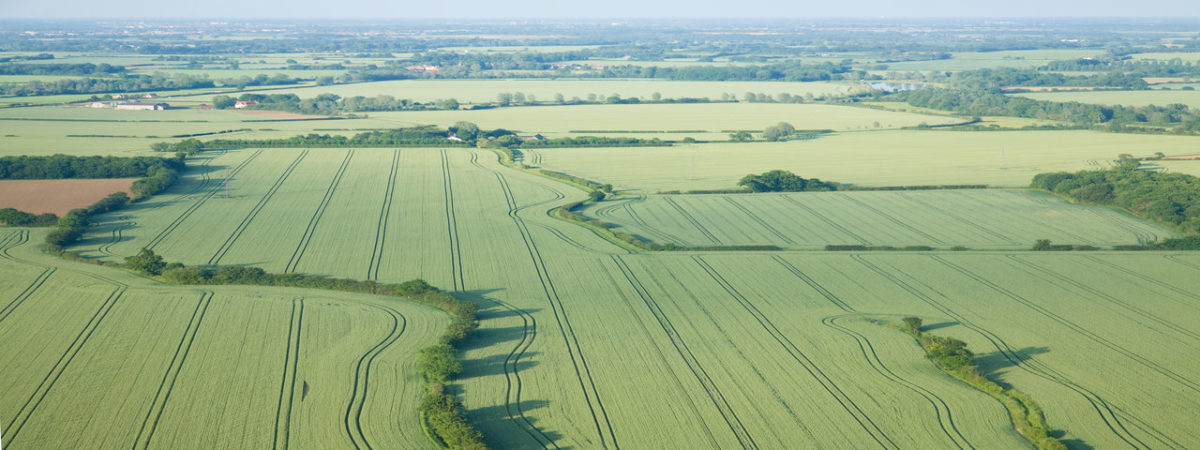Wild in Woods: The Myth of the Noble Eco-Savage
SUGGESTED

Short introduction to the New Institutional Economics by Nobel laureate Douglass C North.


The noble savage has been conscripted by many causes, from the French Revolution to the sexual revolution, but in his most recent incarnation he is the champion of conservation. The native peoples of the earth, according to this version of the legend, live in harmony with nature. They respect the rest of creation. They know how to harvest resources sustainably. They are said to be ‘transparent’ in the environment.
However, we now know that native peoples can be as destructive of their environments as anyone else, and that historically aboriginal tribes often changed whole ecosystems by the repeated burning of forests and by hunting animal species to extinction. The noble eco-savage is a white, Western artefact. When policy issues, such as land rights, are decided on the basis of this misconception, it leads to disappointment and sometimes recriminations against the tribal peoples who fail to conform to the stereotype.
1999, Studies in the Environment 14, ISBN 978 0 255 36447 8, 79pp, PB



